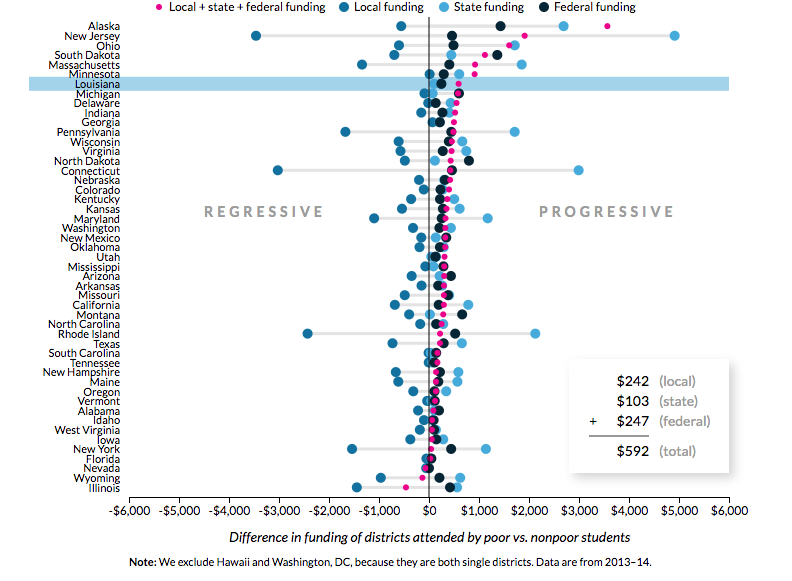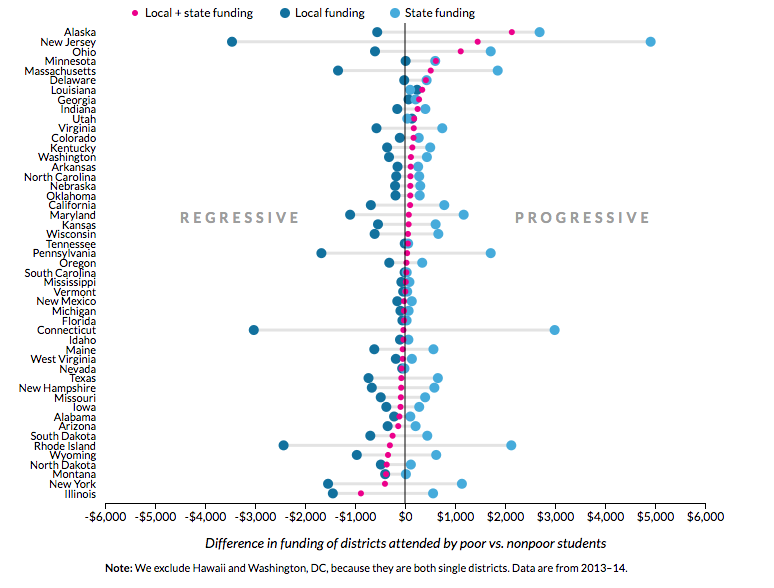Finally today, I want to juxtapose two stories from this week that illustrate the interconnectedness of "personal racism" and "institutional racism." First, here's Hannah Natanson of The Harvard Crimson:
Harvard College rescinded admissions offers to at least ten prospective members of the Class of 2021 after the students traded sexually explicit memes and messages that sometimes targeted minority groups in a private Facebook group chat. A handful of admitted students formed the messaging group—titled, at one point, “Harvard memes for horny bourgeois teens”—on Facebook in late December, according to two incoming freshmen. In the group, students sent each other memes and other images mocking sexual assault, the Holocaust, and the deaths of children, according to screenshots of the chat obtained by The Crimson. Some of the messages joked that abusing children was sexually arousing, while others had punchlines directed at specific ethnic or racial groups.
Whatever you think about the actions of Harvard in this instance, it's pretty clear that the students involved were sharing noxious ideas and images. Does that make the individuals involved "racists" and "sexists" themselves? Frankly, I don't care. It's irrelevant what's "in the hearts" of these students, because their actions encourage prejudicial beliefs, and they're willfully spreading stereotypes that undergird discrimination.
Now, consider this story, from Flint, Michigan, reported by Breanna Edwards of The Root [Note: the excerpt contains both profanity and a racial slur]:
A Flint, Mich., official has tendered his resignation after water activists recorded him using a racial slur and racially charged stereotypes as he pointed blame for the city’s water crisis. Phil Stair, the sales manager of the Genessee County Land Bank, handed in his resignation after being recorded blaming the city’s water crisis on “fucking niggers [who] don’t pay their bills” ... Stair made his comments while attempting to explain to the activists his version of how the water crisis went down, claiming that the city was forced to use the contaminated water from the Flint River after Detroit jacked up prices to account for its own unpaid water bills ... [Genessee County Land Bank] takes over tax-foreclosed properties and carries out demolitions, rehabilitations and sales.
This situation is different, and not because Phil Stair seems any more "personally racist" than the students in the prior example. In this case, the person in question wields considerable power; the Genessee County Land Bank is a government entity that happens to be the largest property owner in Flint. Readers will remember that Flint is still struggling with a manmade water crisis, and as The New York Times has reported, Stair's bank forecloses on properties with unpaid water bills. These foreclosures disproportionately affect Flint's Black residents, who are still being forced to pay the state for poisoned water.
All of which is to say, the personal prejudices of Phil Stair have a direct effect on wealth distribution in Flint, through the power his bank wields over foreclosures, demolitions, and repossessions. That's TEXTBOOK institutional racism:
Power + Prejudice = Racism
I know people who think that we will never eradicate personal racism, and that shaming individuals for expressing prejudiced views is a waste of time. I agree that we may never drive out racially-motivated prejudices from this world, but I'm okay with imposing social penalties on people who perpetuate prejudice. The students at Harvard are quite literally on a fast track to acquiring power and privilege. Some day, many of them will hold institutional roles with exponentially more authority than a middle manager at the Genessee County Land Bank can even imagine.
I don't know if revoking the admissions of these students will have any effect on lessening their prejudices, but it might curtail their short-term access to power. "Personal racism" and "institutional racism" are two different things. But we're kidding ourselves if we think they're not related. Have a good day ...



























